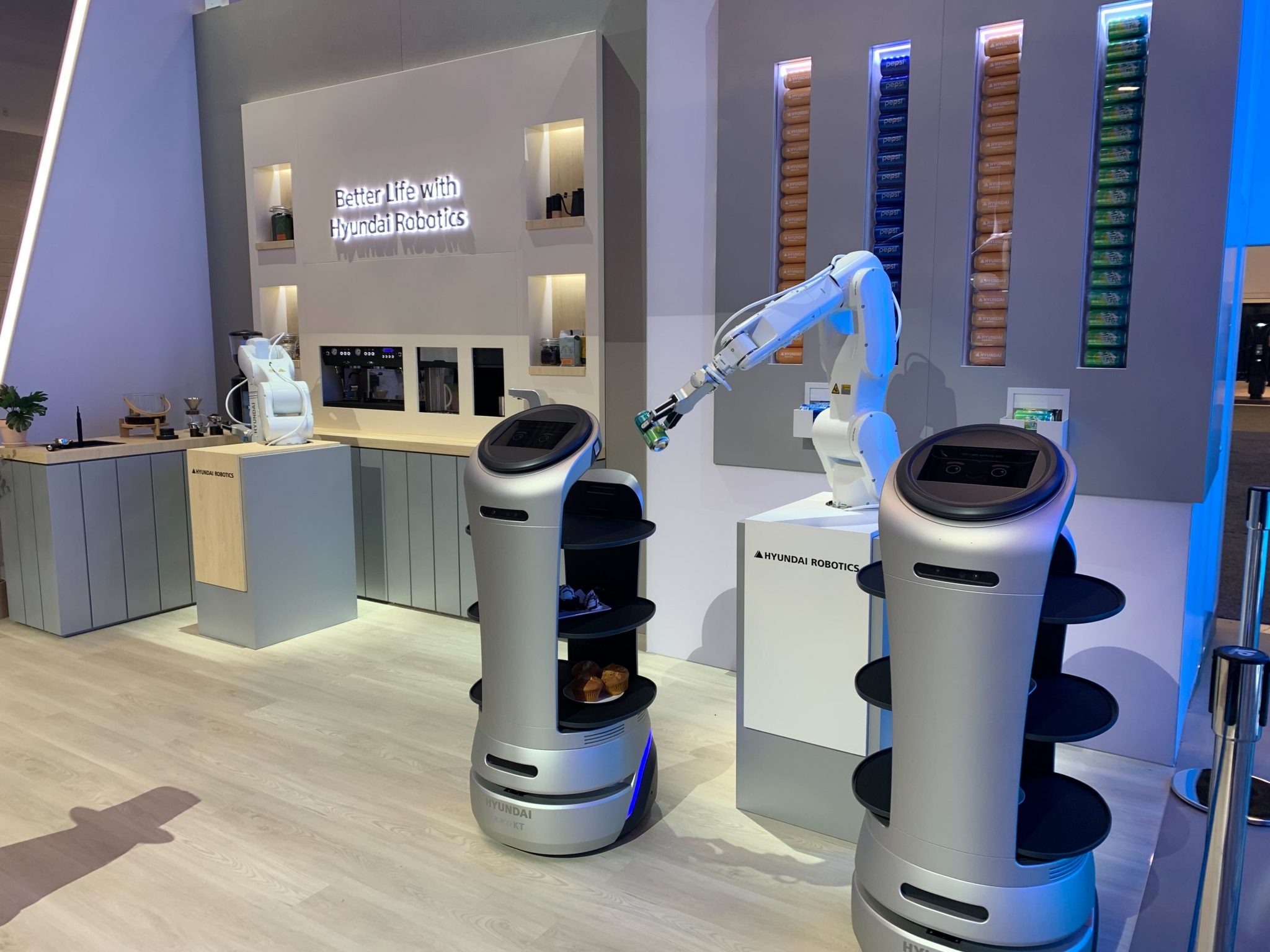As viewers of any competitive cooking show may contend, cooking can be an art form — but right now, it’s a dying art. Despite economical options for ingredients and kitchenware, people are cooking less than ever. Already, we all know people who seldom venture into the kitchen, only to reheat pre-made food when they do.
In many cases, cooking is a predictable, algorithmic process. When we follow an online recipe to a T, we’re simply copying a process that anyone can do with more or less the same tools and ingredients. This is exactly the kind of process artificial intelligence excels at.
It’s only a matter of time before food assembles itself, and advancements in a number of technology spaces offer a glimpse into a perfect storm that will revolutionize our relationship with food in ways we aren’t thinking about.
Robots are already finding a place in commercial kitchens. With standard menu items that favor convenience, simplicity and consistency, fast food is primed for automation, and it’s seen a lot of development in this kind of technology. Just last month, McDonald’s opened its first largely automated location. Chipotle and White Castle reportedly have deployed Miso Robotics’ Flippy 2, an AI-powered robot arm that can do things such as operating fry stations. This is just the beginning.
[CES 2023: Car concepts define the future of mobility]
While automating all the ways to cook is a Herculean task, we already have the capabilities to automate parts of this process. For example, how might you know when bread is ready to take out of the oven? When the bread rises. What about pizza? When the crust is golden brown. Using machine learning models, you can train an oven-like appliance to recognize when bread has risen or a crust is golden brown and signal when any item is ready.
What about actual preparation? There are existing machines that make bread. And Costco uses pizza-making robots to do everything from dispensing sauce to ensuring an even bake. These machines might be specialized, but the tasks they perform could be broadened over time.
Coming back to consumer kitchens, it may be easy to dismiss automation given the sheer variety of tastes and dishes people currently produce, even with kitchens that share the same basic appliances. But do you really need a sandwich made exactly your way, if a robot can save you the hassle of making it in the first place?
The same trend of sacrificing unique culinary experiences for cheap, reliable ones that gave rise to fast food could be readily adopted at the level of home kitchens. For those still cooking, there’s access to meal kit services, such as HelloFresh, which deliver the right amount of ingredients and accompanying instructions to take independent thought out of the cooking process.
[CES 2023: The future is air gestures]
Whether this looks like self-sufficient robot kitchens in every house or eliminating the need for a kitchen entirely with mass-produced local food delivery networks, one thing is clear: This would fundamentally change our relationship with food.
In such a world, it would be easier than ever to be healthy. With wearable tech getting better at tracking calories we expend, robots that cook for us could monitor the other side of the equation: caloric intake. Apps can already give us a rough estimate of calories consumed through input on what we eat. Making that process automatic and accurate could enable people to more optimally approach their fitness goals.
And we would be able to do that with no planning on our end. When ChatGPT, the AI chatbot that’s taking the world by storm first came out, my friend and I experimented with asking it to create a diet plan. We inputted our age, physical proportions, fitness goals and what we had in the fridge. The chatbot spat out a detailed plan of what we could eat each day of the week for every meal. It even offered some variety — the same ingredients could be prepared in a number of ways. Now, the AI just needs the hardware to make the food.
Taking away the necessity for planning and preparing food would also yield enormous time savings. We’ve already come far along in addressing our basic survival needs from the hunter and gatherer days. Freeing up even more time in food preparation could unlock even more human potential — or just give us more time to waste on mindless activities. Hopefully, it’s the former.



